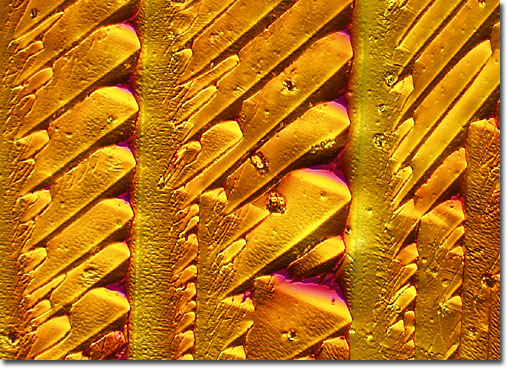Saponins

|
Saponins are a diverse class of natural surfactants, or detergents, found in many plants, but they are most abundant in the desert plants Yucca and Quillaja. Extracts from these plants are commonly used as foaming agents for beverages such as root beer. These biochemicals also have commercial applications such as ore separation in industrial and mining operations, and are useful in products such as photographic emulsions, cosmetics, and shampoos. Legumes, such peas and soybeans, also contain small quantities of saponins, which are proving their worthiness as phytochemicals. When consumed in the diet, several classes of phytochemical saponins are suspected to exhibit a wide spectrum of biological activity as antifungal and antibacterial agents. Saponin-rich herbs may also contribute to the lowering blood cholesterol and inhibition of cancer cell growth. Recent studies have suggested that the low serum cholesterol levels of Masai tribes in East Africa -- who consume a diet very high in animal products, cholesterol, and saturated fat -- may be due to the consumption of saponin-rich herbs. Saponins act by binding with bile acids and cholesterol, so it is thought that these chemicals potentially have the ability to "clean" or purge these fatty compounds from the body, lowering the blood cholesterol levels. Some saponins affect the heart and have been used for over 100 years to treat heart conditions. Digitalis is one such saponin and is derived from the common garden plant, Foxglove. Digitalis is thought to strengthen contractions of the heart muscle, which could be beneficial for those with heart disease. Digitalis-type saponins can be toxic in high doses and have been used as arrow and spear poisons by African and South American natives. |
© 1995-2025 by Michael W. Davidson and The Florida State University. All Rights Reserved. No images, graphics, software, scripts, or applets may be reproduced or used in any manner without permission from the copyright holders. Use of this website means you agree to all of the Legal Terms and Conditions set forth by the owners.
This website is maintained by our
|